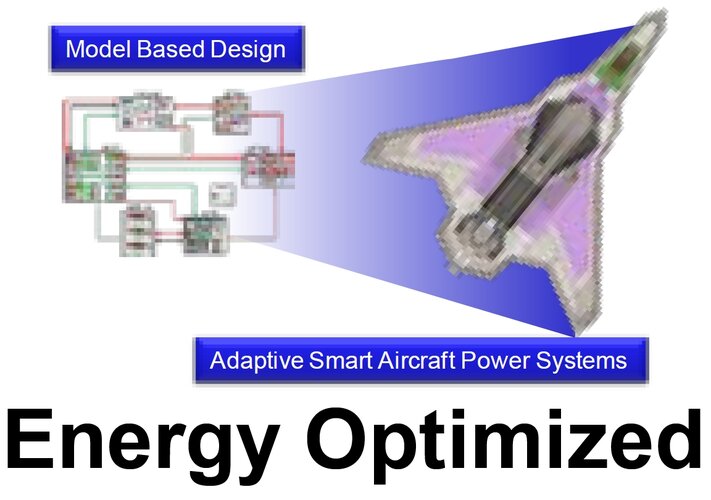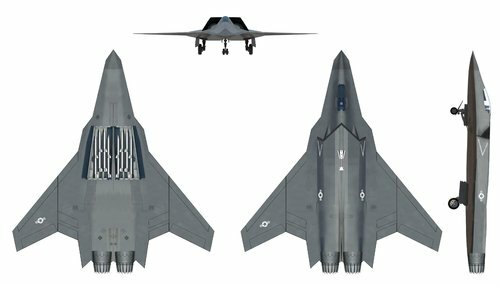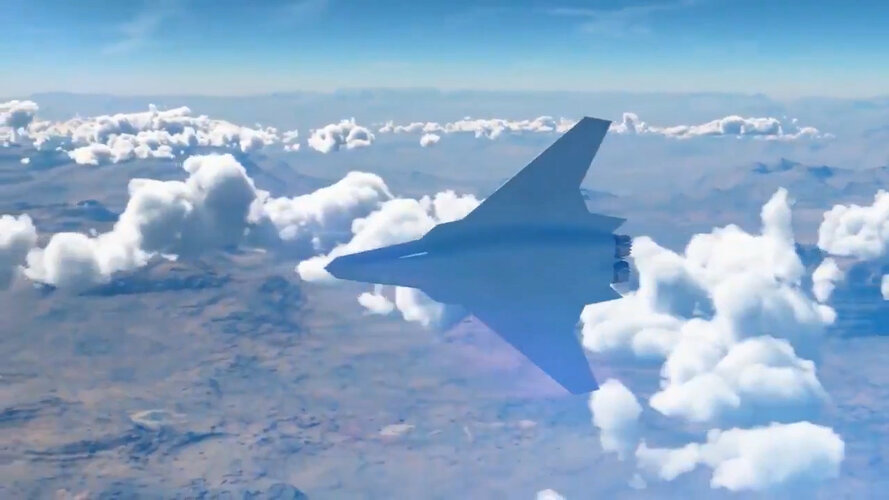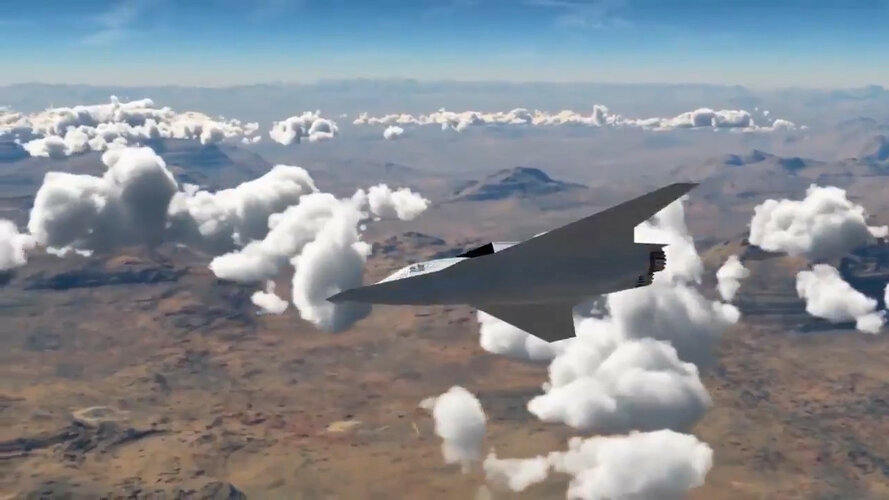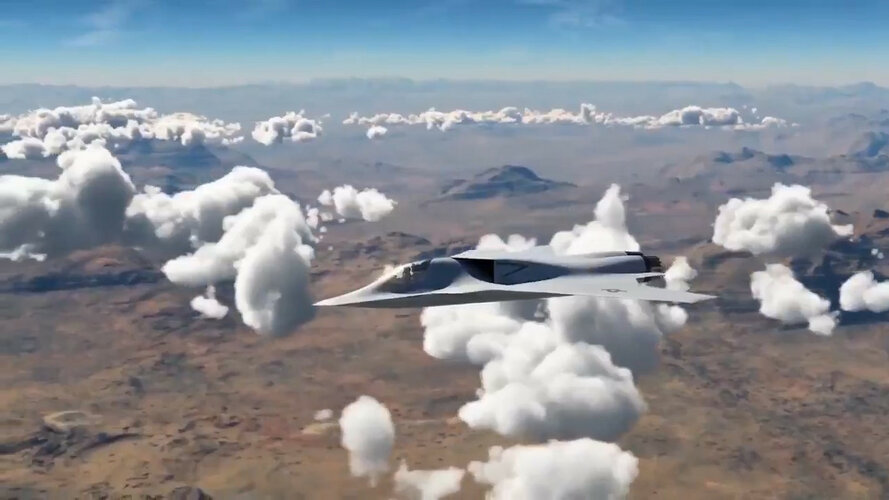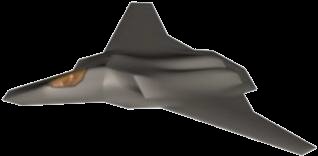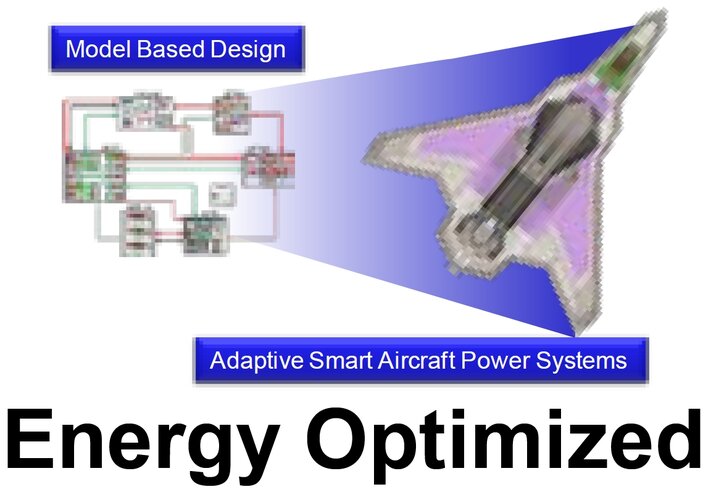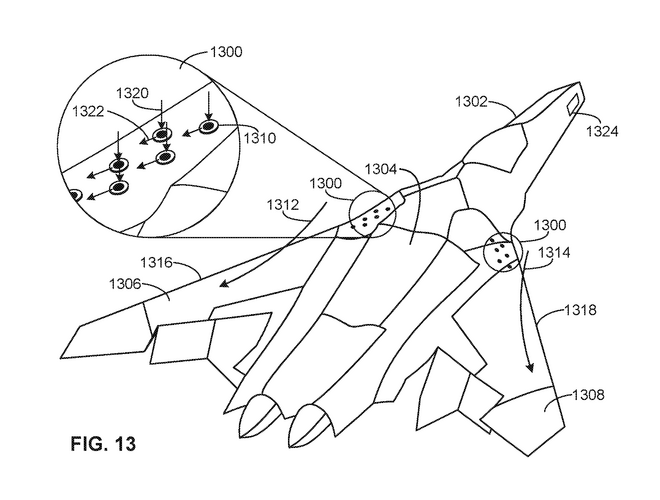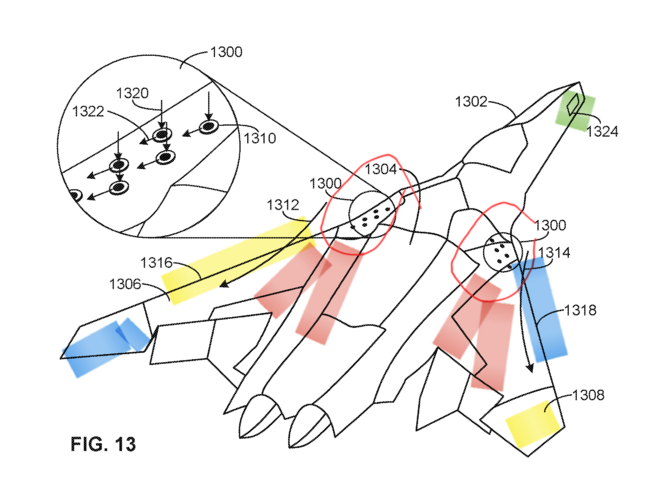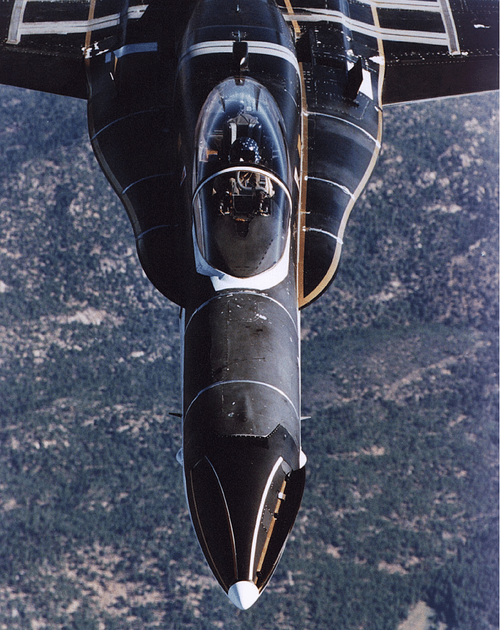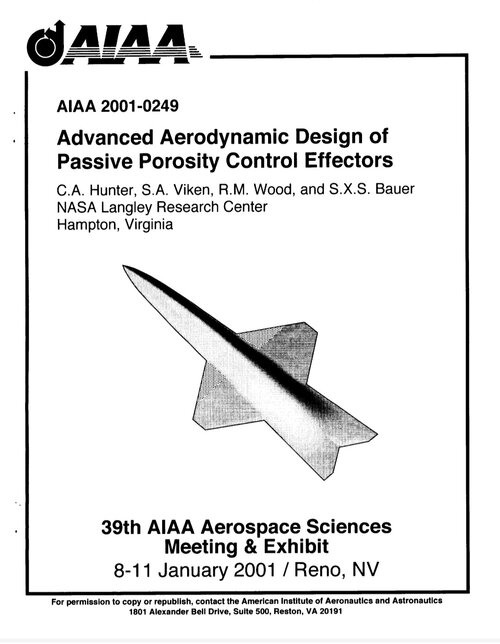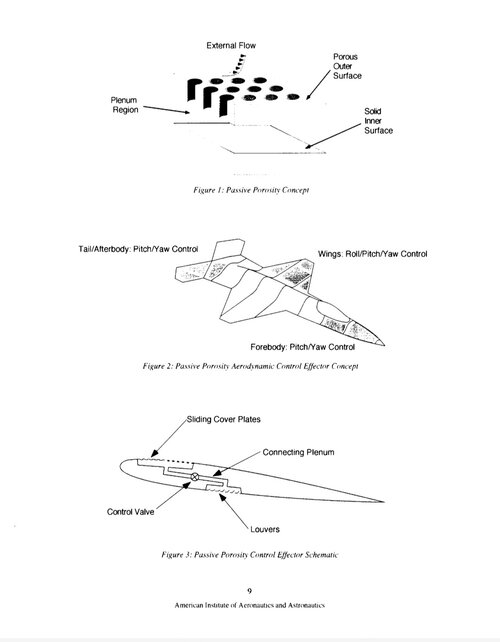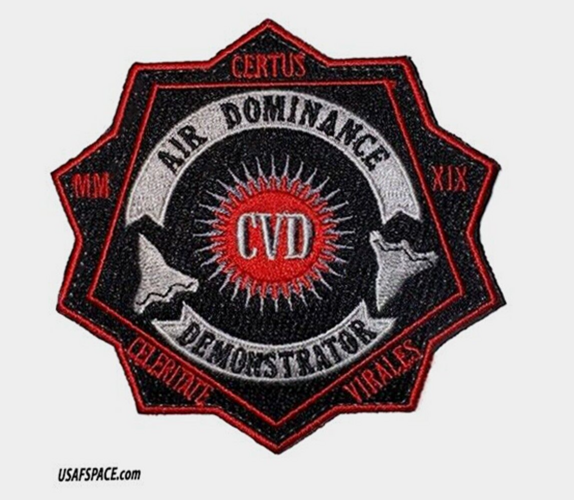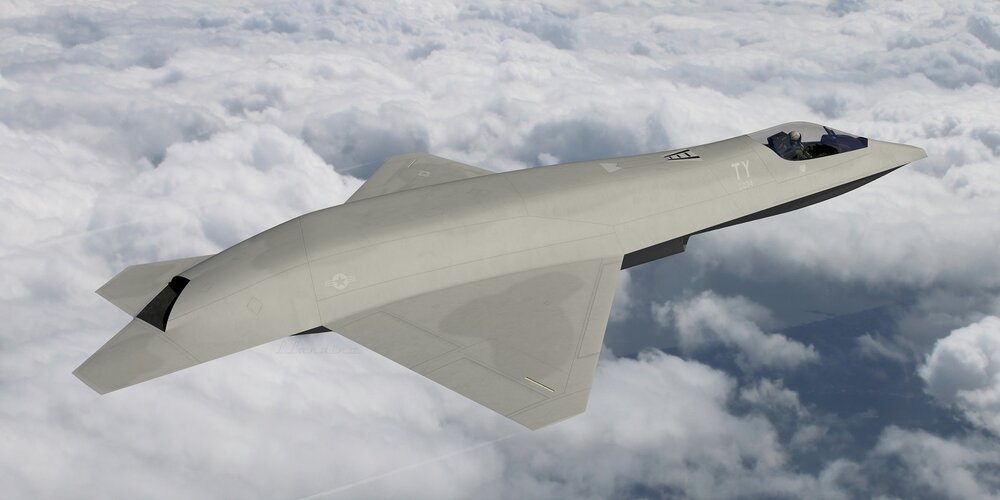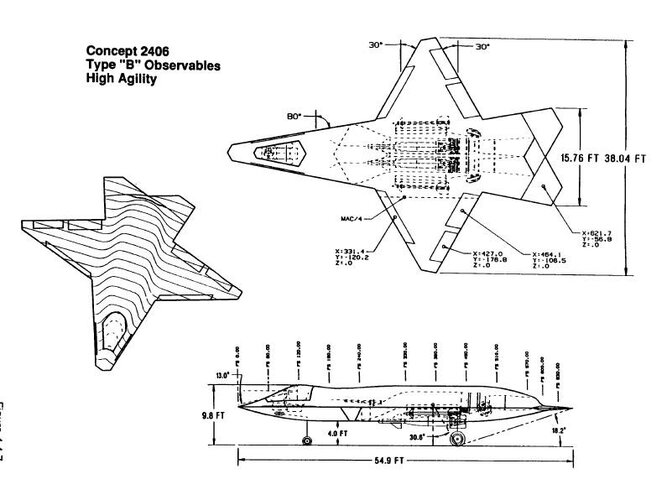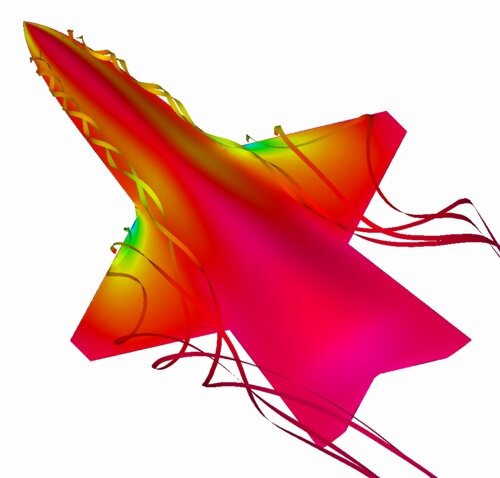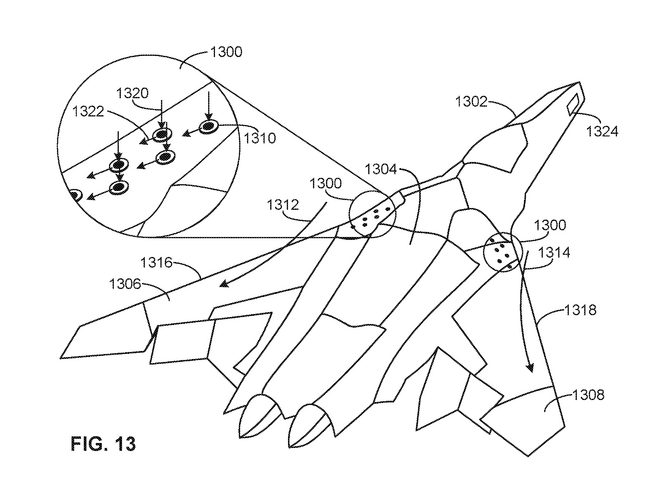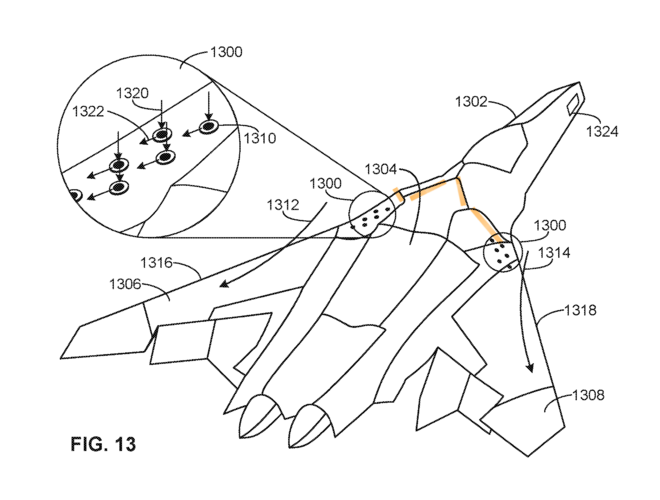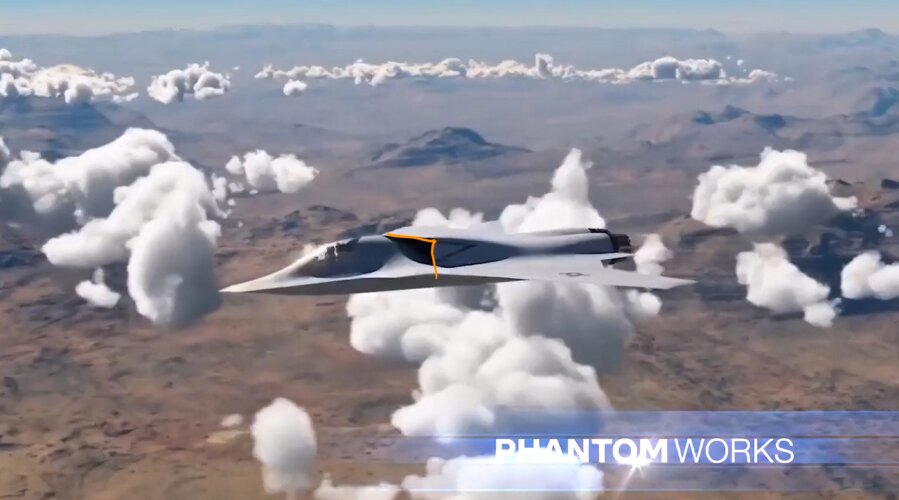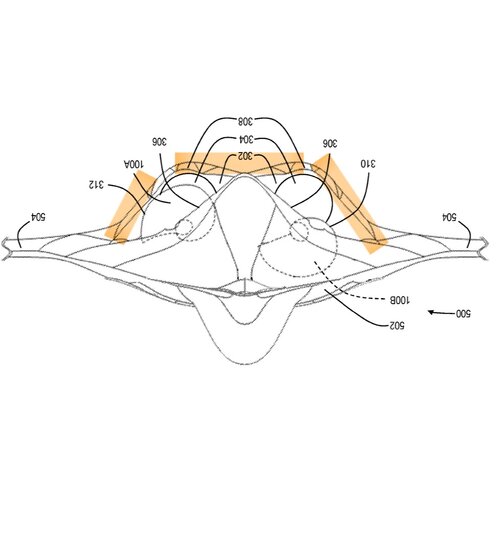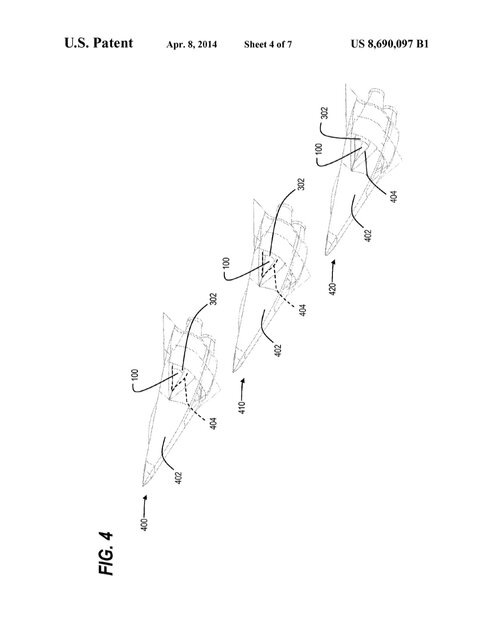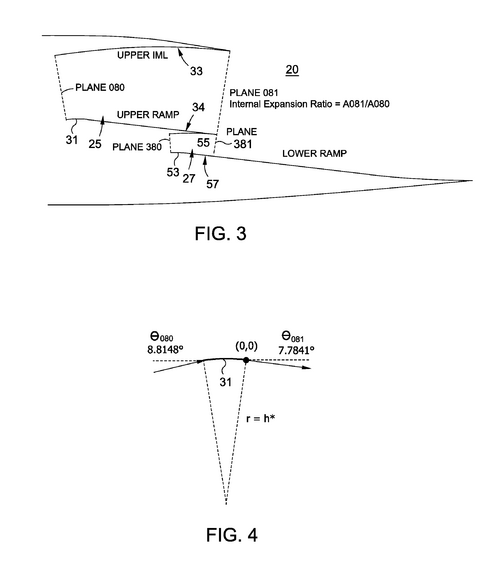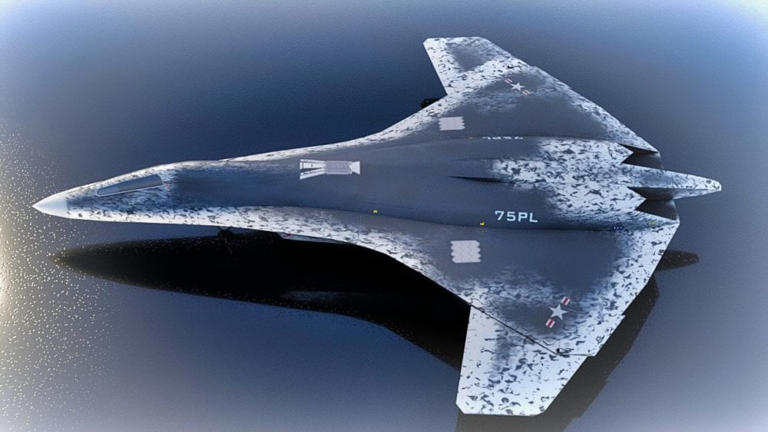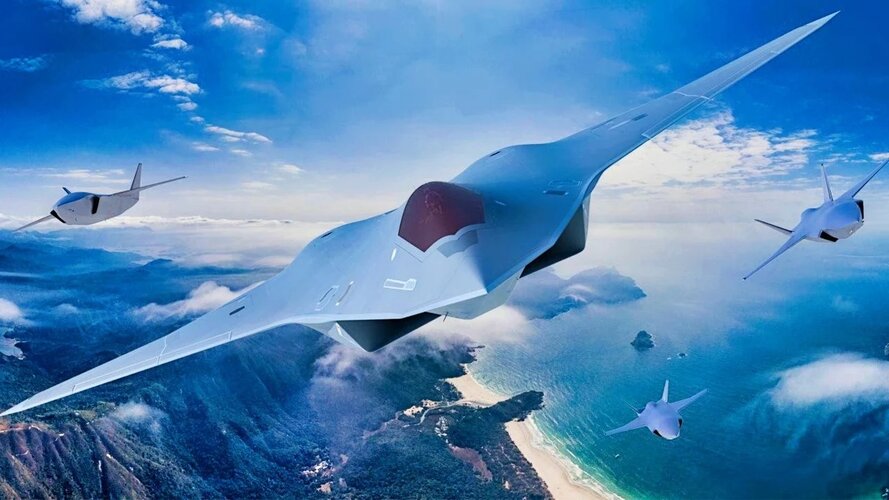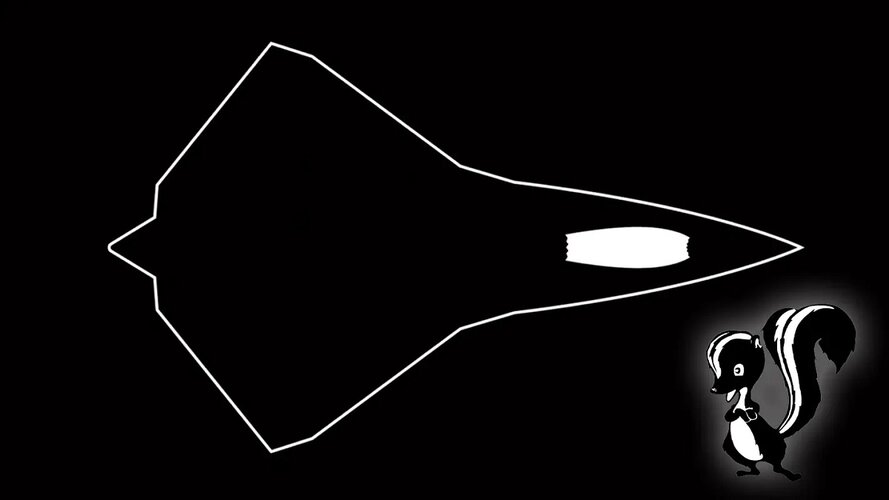donnage99
ACCESS: Top Secret
- Joined
- 16 June 2008
- Messages
- 1,239
- Reaction score
- 441
I think they replicating the f-35 approach. As shoed in partner to whoever won, they became a big part of the program, significantly involved in signatures management, sensors work as well as building a big section of each aircraft.I still think NG pulling out is a bad sign, like deliberate non-compliance on the A-12 was. A sign that the performance and cost requirements don't match up. Of course they may have also seen that what they had wasn't going to win, so they might as well cut their losses.
I really can't see Lockheed getting it given their F-35 production issues. Of course I could say the same for Boeing, which is another reason why I think NG dropping out is a bad thing.
With their head start in the b-21 development, any winning team of the NGAD will ask northrop to join. This would secure them work for both future fighter program and bomber program on top of continual f-35 work. With this move, they are but assured to be heavily involved in all of USAF major aircraft development/production in the forseeable future.

